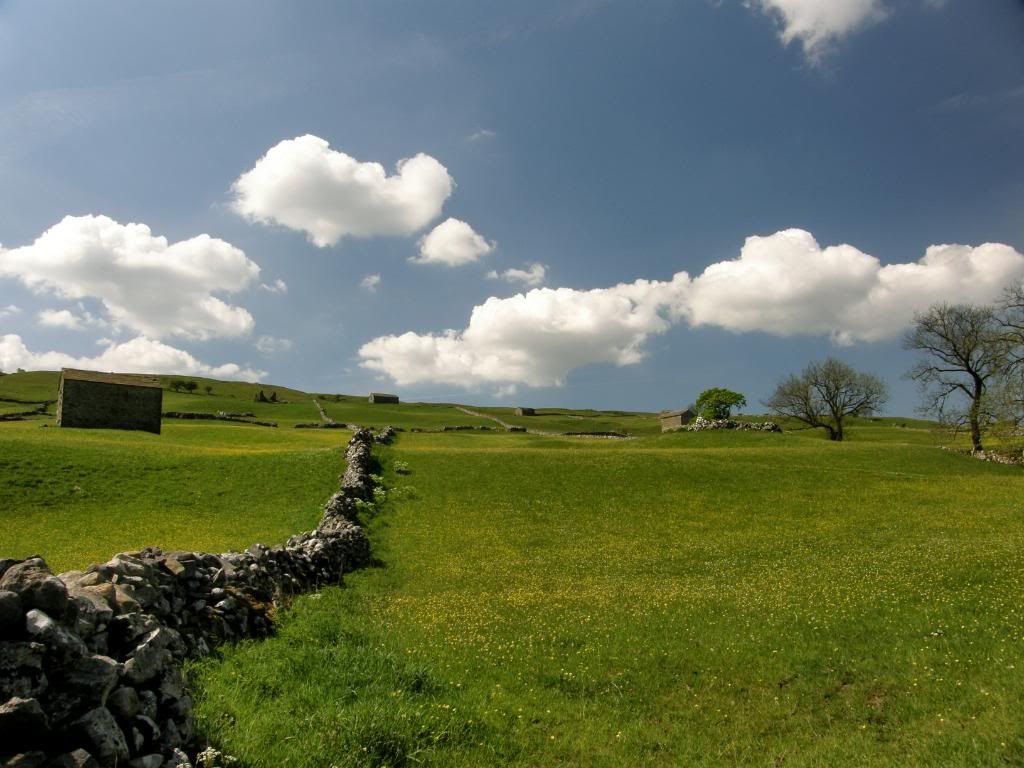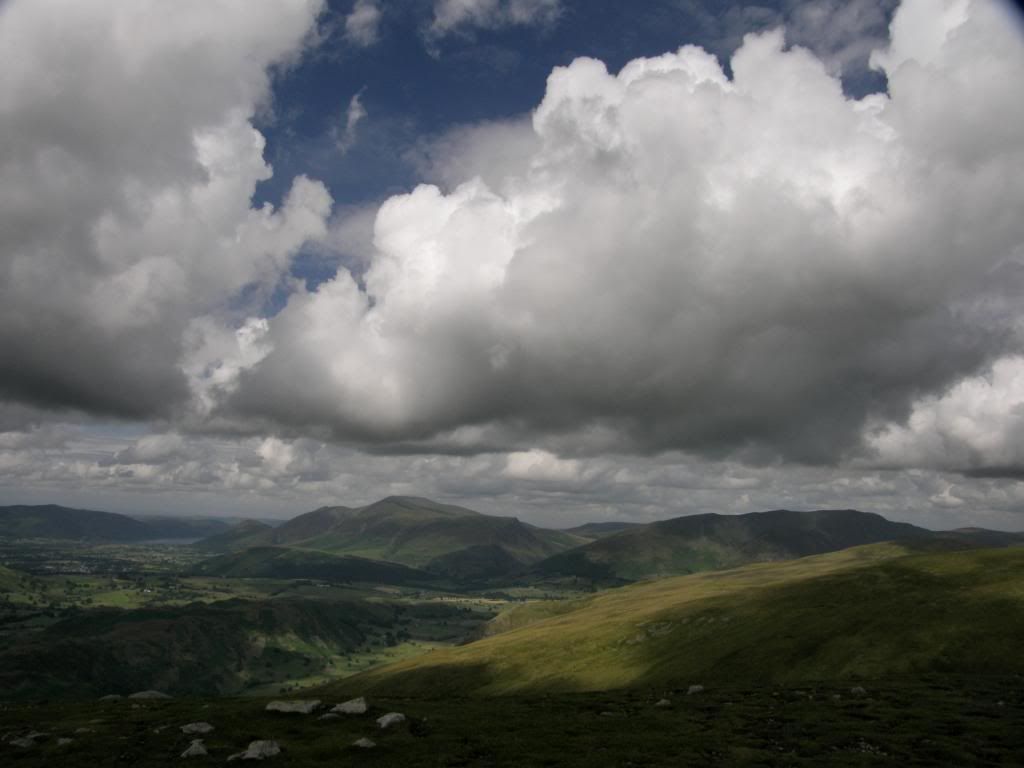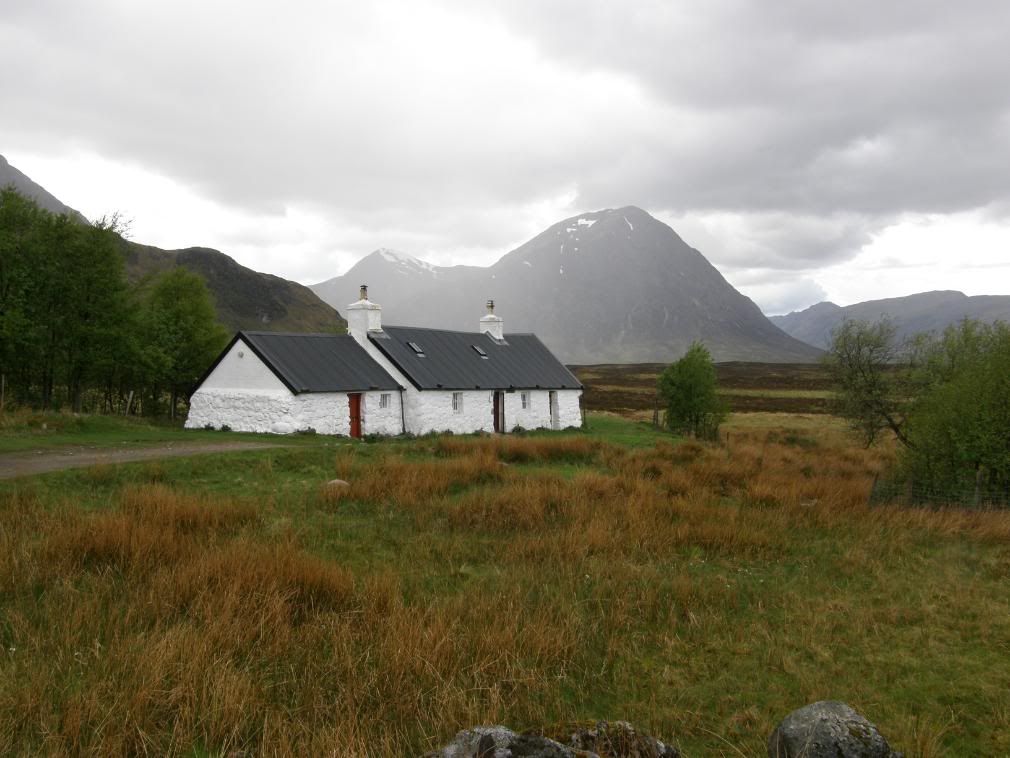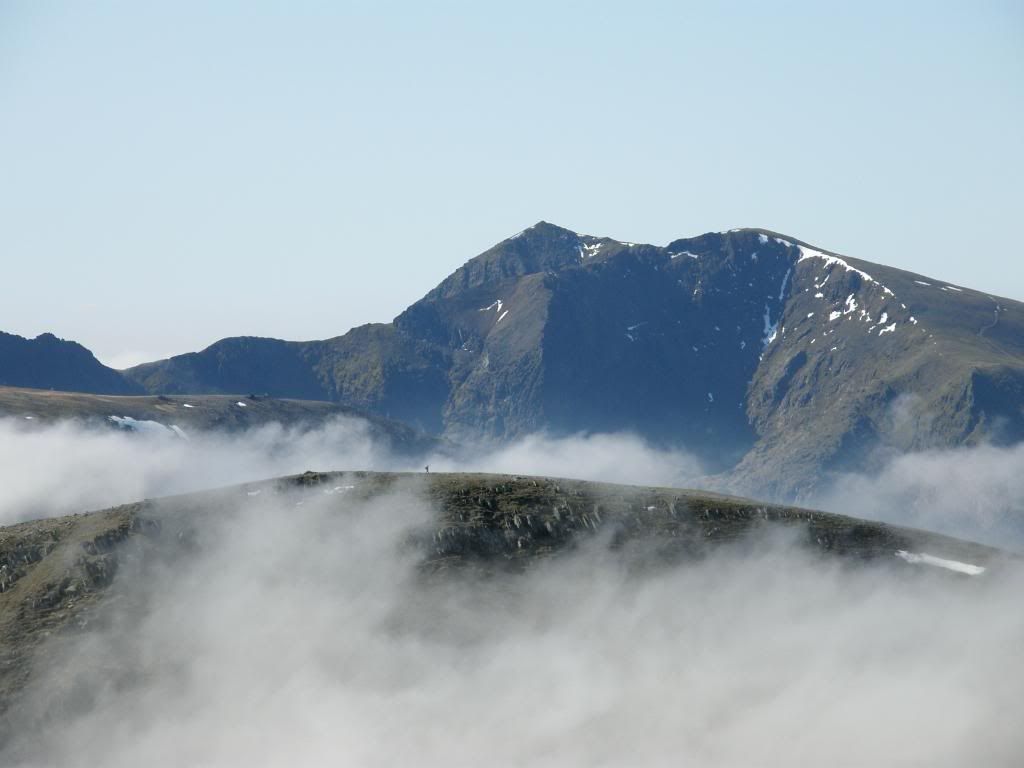 Some
other places around
England
to visit. Much of
England
consists of rolling hills, but it is generally more
mountainous in the north with a chain of mountains, the
Pennines, dividing east and west. Other hilly
areas in the north and Midlands are the Lake District, the
North Yorkshire Moors, and the Peak District.
The approximate dividing line between terrain types is often
indicated by the river Tees-Exe line. To the south of that
line, there are larger areas of flatter land, including
East Anglia and the Fens, although
hilly areas include the Cotswolds, the Chilterns, and the
North and South Downs.
Some
other places around
England
to visit. Much of
England
consists of rolling hills, but it is generally more
mountainous in the north with a chain of mountains, the
Pennines, dividing east and west. Other hilly
areas in the north and Midlands are the Lake District, the
North Yorkshire Moors, and the Peak District.
The approximate dividing line between terrain types is often
indicated by the river Tees-Exe line. To the south of that
line, there are larger areas of flatter land, including
East Anglia and the Fens, although
hilly areas include the Cotswolds, the Chilterns, and the
North and South Downs.



